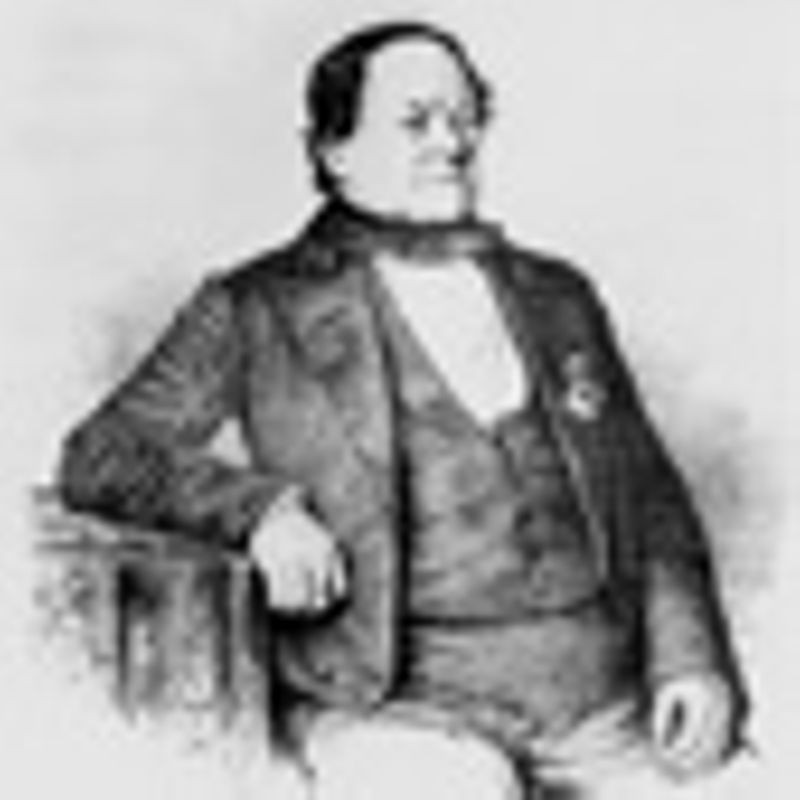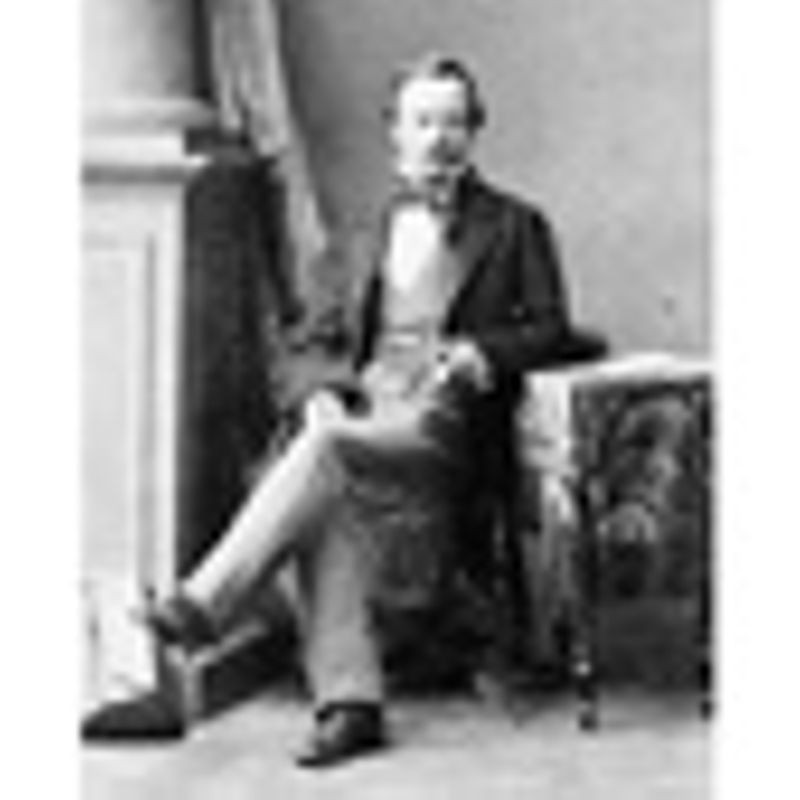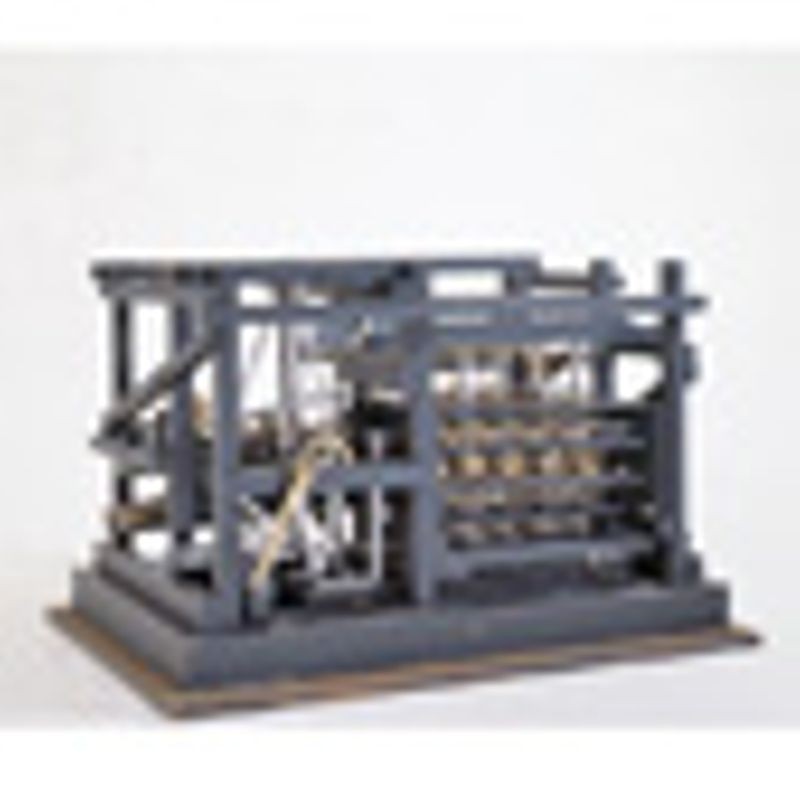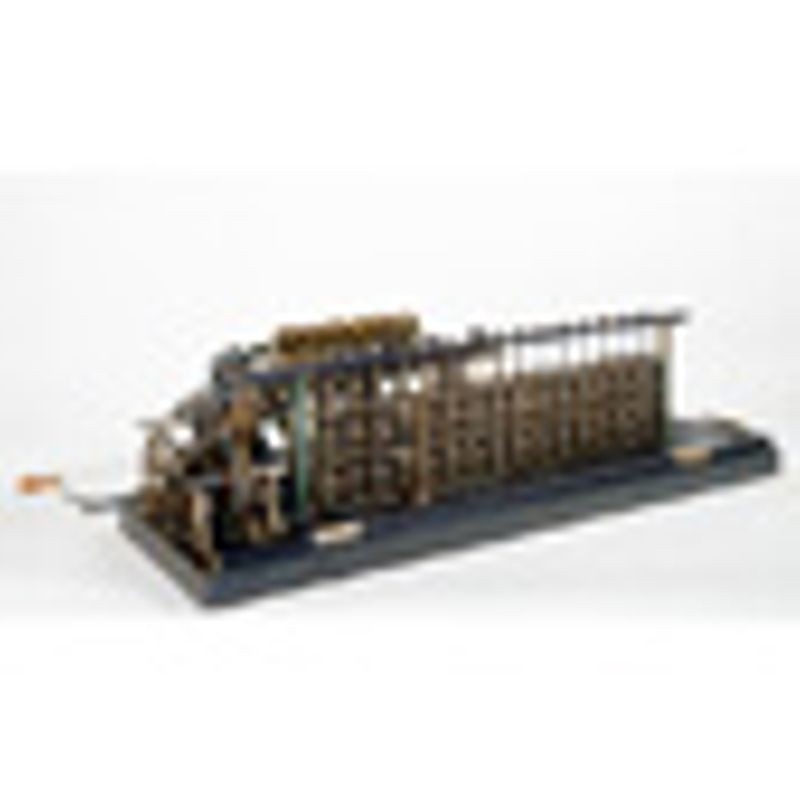Georg & Edvard Scheutz




[Babbage] will then be known for what he truly is, namely, one of the benefactors of mankind, and one among the noblest and most ingenious of the sons of England. 1857
Inspired in 1834 by Babbage's work, Georg Scheutz (1785-1873) a Swedish printer, publisher, journalist, translator and inventor, set about building a difference engine of his own. At first, he speculated that just one of Babbage's engines 'would suffice the needs of the whole world.' Later, he hoped to find markets for the engines and began to see the machines as saleable products.
Georg, and his son Edvard (1822-1881) completed a working prototype in 1843. The device was built in a wooden frame and made largely by Edvard, a teenager at the start of the project. It operated with three orders of difference (compared to seven for Babbage's Difference Engine No. 2) and produced the first tables calculated and printed by machinery. Two expanded versions fully engineered in metal were produced, one in Stockholm in 1853, the other in London in 1859.
The fully engineered Stockholm engine came to England in 1854 where it went on display at the Royal Society. Far from seeing the Scheutzes as rivals, Babbage welcomed them warmly and promoted their interests. The machine was sold for £1000 to the Dudley Observatory in Albany, New York where it arrived in 1857. It appears to have languished largely unused and is now at the Smithsonian Institution. The second engine was used as intended for the production of the 1864 English Life Table by the General Register Office in London. But its contribution was slight. The machine was temperamental, lacking as it did Babbage's security devices, and hoped-for economies did not materialize. This machine is on display at the Science Museum in London. Georg and Edvard Scheutz both died bankrupt. Their mission to build and market calculating engines contributed to their ruin.


